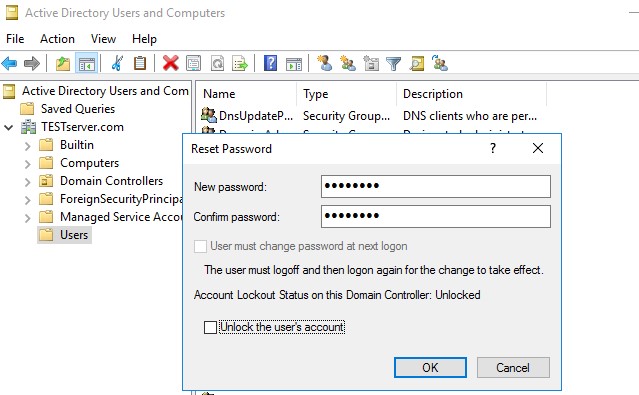Maximize Security and Performance with Advanced AD Management Tools
Maximize Security and Performance with Advanced AD Management Tools
Blog Article
Best Practices for Bulk Importing Users into Active Directory
Managing people in a Effective Directory (AD) setting is really a critical job for IT administrators, and one of the very frequent operations is importing customers into the directory. Whether you're onboarding new employees or migrating from another program, an successful and streamlined individual active directory management tools for sustaining a healthier and structured AD structure. In that step-by-step guide, we'll walk through the very best methods for publishing people into Effective Directory, ensuring reliability, security, and efficiency.
Step 1: Make the User Data
Before publishing people into AD, it's important to get ready the necessary data. This usually involves person names, email handles, cell phone numbers, sectors, and other relevant attributes. The very best training is to use a organized format, such as a CSV (Comma-Separated Values) record, to organize and store the consumer information. Make sure that each line in the CSV corresponds to an AD attribute (e.g., First Name, Last Name, Username, etc.).
Pro Hint: Double-check the info for accuracy. Problems only at that point can cause problems throughout the import process and develop difficulties down the line.

Step 2: Choose the Proper Import Method
There are several ways to transfer users into AD, depending on your preferences and accessible resources. For smaller steps, manual import using Active Listing People and Pcs (ADUC) might suffice. Nevertheless, for bigger datasets, automation tools like PowerShell scripts or third-party tools can save your self time and minimize errors.
PowerShell is among the most used strategies for importing users. Having its strong scripting features, you are able to transfer user knowledge from CSV documents and create consumer reports in bulk. Moreover, PowerShell enables you to customize user features during the transfer method, which makes it well suited for complicated environments.
Step 3: Collection Up Organizational Models (OUs)
Organizational Units (OUs) are accustomed to manage customers within Active Directory. It's most useful training to create a well-structured OU hierarchy before posting users. It will help improve administration projects such as party procedures, entry regulates, and reporting.
When importing users, assign them to the appropriate OUs centered on their team, position, or location. That not only maintains your AD structured but additionally assures that specific group procedures and permissions are used correctly.
Step 4: Import the Consumers
When the data is ready and OUs are put up, you can start the transfer process. If applying PowerShell, the program can read the CSV file and build consumer records in AD on the basis of the provided attributes. You can contain extra options, such as for example setting password plans, allowing accounts, or adding users to specific groups, depending on your organization's requirements.

Conclusion
Successfully publishing users into Effective Listing needs cautious preparing, precise data preparation, and the proper tools. By following this step-by-step manual, IT administrators can guarantee a clean and prepared import method, lowering problems, improving protection, and maintaining a clean and organized AD environment. Whether applying manual methods or automated tools, the main element to accomplishment lies in preparation, proof, and ongoing management. Report this page